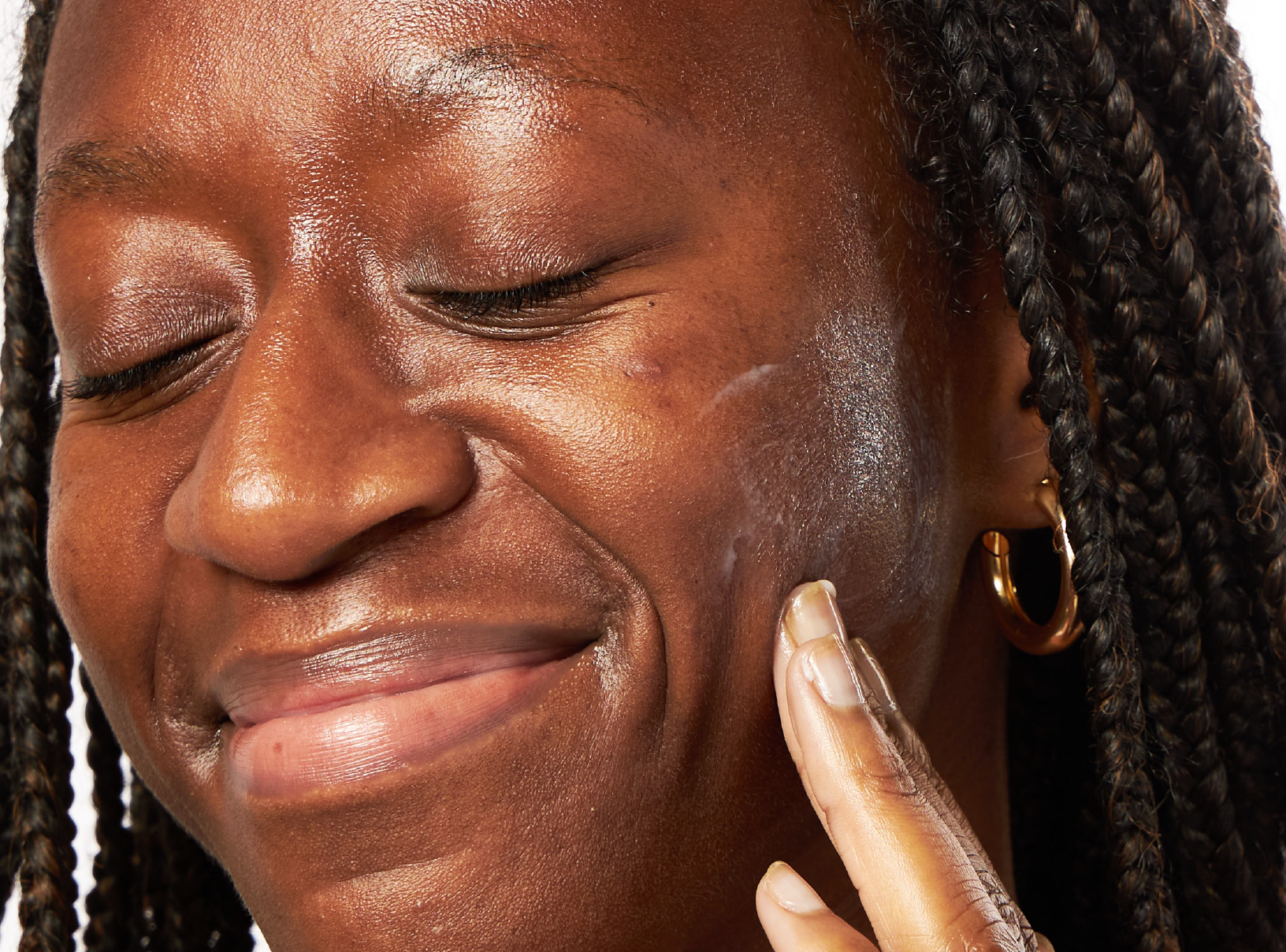Apostrophe Treatments
How to Adjust to Tretinoin and Avoid the ‘Retinoid Uglies’


SHARE
Apostrophe Treatments
How to Adjust to Tretinoin and Avoid the ‘Retinoid Uglies’
Medically reviewed by Aimee Paik, MD
Written by Lisa Guerrera
Last updated 8/4/2024
Tretinoin (a class of retinoids) is the gold standard in dermatology to treat all kinds of concerns from breakouts to wrinkles. But using it often involves an initial phase retinoid devotees call the “retinoid uglies,” or the “tretinoin purge.”
While “uglies” seems a bit harsh, (motion to rename this the retinoid “pretties”?) the name describes an adjustment period after first starting a retinoid. This period can last anywhere from a few days to a few weeks. Your skin may look dry, flaky, and red. Gentle products that used to work with your face suddenly sting when you apply them. This initial phase can come as a shock to folks that have never used a retinoid like tretinoin before. Thankfully, the “retinoid uglies” typically resolve on their own as your skin gets used to tretinoin and your dry, flaky skin is replaced with smooth, glowing skin.
But like most hard things in life, we have the urge to avoid them. 👀 We asked the derm providers on our platform how you might be able to dodge this phase:
Switch up your application method
Pro tip: apply your moisturizer before tretinoin. This allows the moisturizer to act as a buffer and mitigate some of the more irritating effects of the medication. Dr. Lauren Kyle says, “You could also try mixing the moisturizer and tretinoin together. You may need to invest in a thicker moisturizer for more moisture.” Tretinoin can be very drying, so even those with oily skin shouldn’t shy away from a little extra hydration!
Listen to your skin
Dr. George Skandamis has a whole routine worked out when it comes to avoiding the worst of tretinoin’s peeling. He recommends starting with a gentle skin cleanser and waiting five minutes to ensure your face is completely dry before applying tretinoin. He goes on, “Next, use a small amount of retinoid for the entire face. Follow with a light lotion or a heavier cream, or both if the skin is still too dry.” Even when you think you have oily skin, sometimes you may need a heavier cream than you think when using Tretinoin or other retinoids. So go slow and listen to your skin, it will thank you later.
Slow and steady wins the race
Seriously, go slow. Dr. Maggie Kober agrees that applying moisturizer before tretinoin can be beneficial and adds, “If tretinoin causes too much dryness, use it every other night until your skin builds up a tolerance.” Tretinoin (and retinoids in general) are a long term commitment to see the benefits. So no pressure, you can let your skin adjust at its own pace.
Ultimately, the retinoid �“uglies” are temporary. Plus, depending on the strength your dermatology provider starts you with, side effects may not be an issue. Hopefully these tips help ease this phase. However, if you’re experiencing irritation that’s not tolerable, contact your provider! They can adjust your medication so you get back on track to glowy skin. ✨
Shop this post

Tretinoin
Like what you just read? Sign up for our email list to get the scoop on skincare science delivered straight to your inbox.

Deep Dives
A dermatologist shares his thoughts on the recent studies about benzoyl peroxide and benzene.
Read More
Education
What is milia?
What is milia? Today, we’re jumping into one type of bump that you may have heard about most commonly in infants — milia.
Read More
Education
Best moisturizer for acne-prone skin
If you have combination acne-prone skin, figuring out which moisturizer is best for your skin might be tough. In this guide, we break down the best moisturizer for combination, acne-prone skin.
Read More